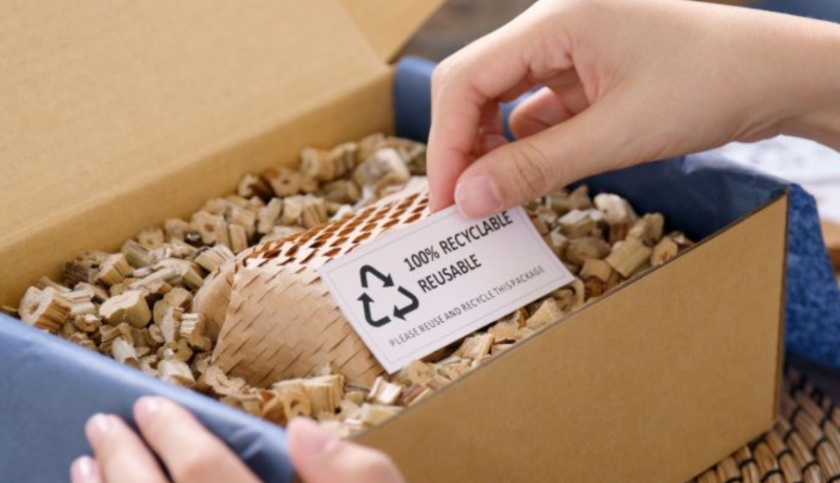At a time where more and more people and businesses are looking at single-use plastics and saying, “You know what, maybe we should find more environmentally friendly options,” Coca-Cola is looking at its plastic bottles and saying, “Nah. We’re going to keep using these.”
Coca-Cola’s head of sustainability Bea Perez said at the World Economic Forum in Davos, Switzerland that Coke customers want plastic bottles still, so they wouldn’t be joining the growing list of companies doing away with single-use plastics.
“Business won’t be in business if we don’t accommodate users,” she told the BBC.
The company reportedly produces around 3 million tons of plastic packaging a year. In 2019, it was the most polluting brand in the world, according to a study by Break Free from Plastic.
Despite this and the company’s refusal to do away with the plastics, Perez said in Davos that Coca-Cola wants to be part of the solution.
It’s going to do that by using at least 50 percent recycled material in its packaging by 2030, and will partner with NGOs around the world to form a collection body for the plastic.
Coca-Cola produces about 3 million tonnes of plastic packaging a year—or 200,000 bottles a minute
Firm's head of sustainability says consumers like #singleuseplastic—agrees to use at least 50% recycled packaging material by 2030Sorry…that's not enoughhttps://t.co/NePqpikVxx
— Sara Laughter (@GreenAwakening) January 23, 2020
One way they’re doing this is by partnering with JD.com, which launched its “Green Steam Initiative” to reduce the environmental impact across the world. According to a Coca-Cola press release, JD reduced disposable packaging by almost 30,000 tons between June 2017 and December 2019. The partnership is designed to integrate plastic recycling into the Chinese economy.
“Our World Without Waste initiative includes a major focus on working with partners, because no single company can solve the packaging waste problem alone,” Coca-Cola chairman and CEO John Quincey said in the release. “Our new partnership with JD.com, with its in-house logistics infrastructure and e-commerce platform, is an exciting opportunity to explore a localized approach to bring back used PET bottles and recycle them into other useful products.”
You might now be thinking, “Wait, doesn’t Coke already sell drinks in glass bottles? Why don’t they just shift over to 100 percent glass?” Perez has an answer for that, too, claiming that it would increase its carbon footprint and do more harm than it is by producing so many plastic bottles.
“So as we change our bottling infrastructure, move into recycling and innovate, we also have to show the consumer what the opportunities are,” Perez said. “They will change with us.”
2030 seems like a long way away, but for a company of Coca-Cola’s size and global reach, it isn’t like Perez can snap her fingers and magically shift over to recycled plastic or glass. She also said that she agrees with those who want Coca-Cola to hit those environmental goals sooner than 2030, especially when some of its contemporaries have taken more drastic steps, and so many countries, states and cities have banned single-use plastics already.
“We have to reach this goal and we will,” she said. “There’s no question.”


